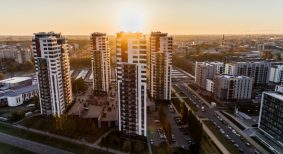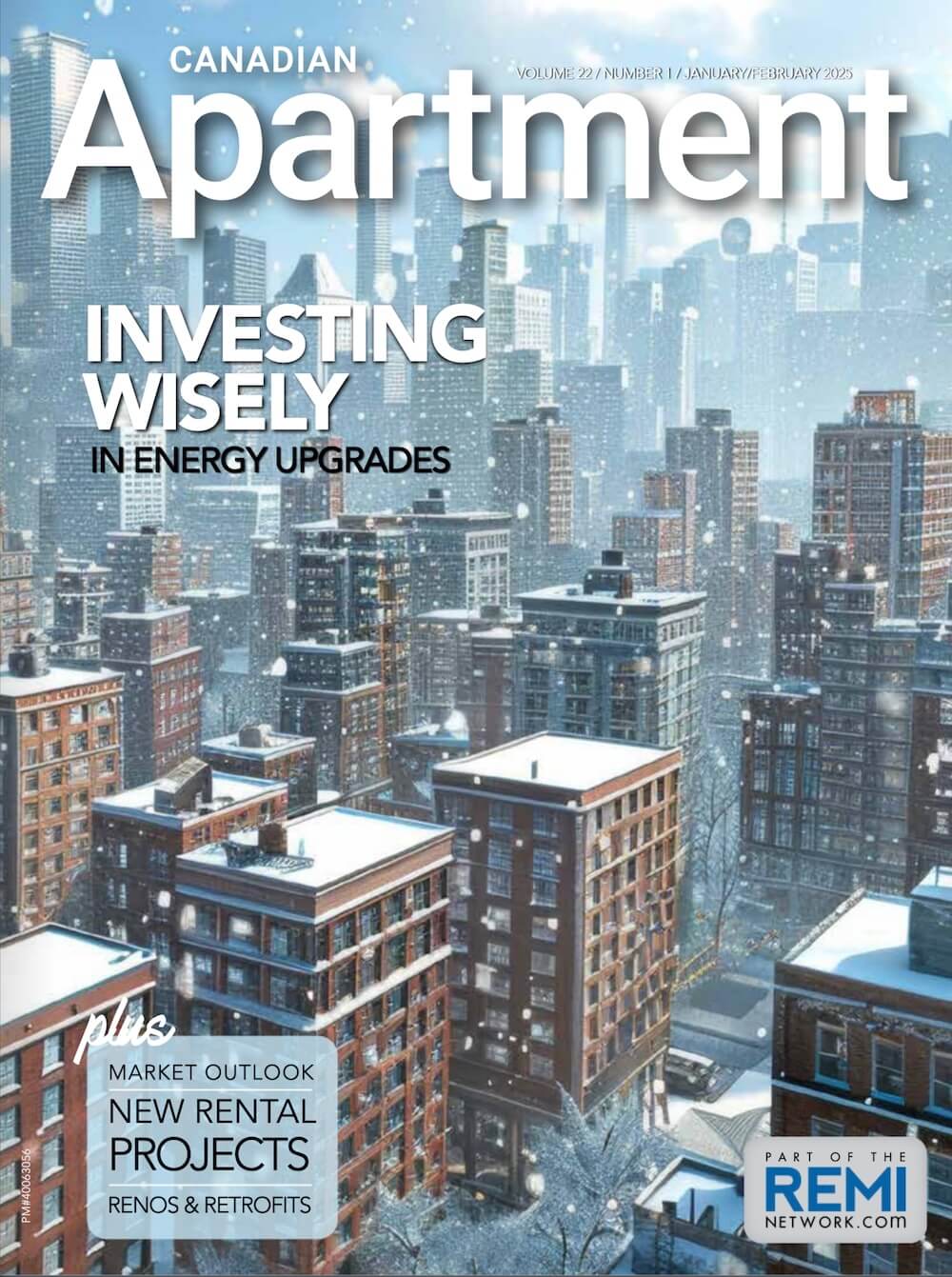Recently completed laboratory efforts to replicate the conditions of last June’s tragic Grenfell Tower fire, in which an estimated 80 residents died in the rapid conflagration of a 24-storey apartment building, underscore already ominous warnings about the potential combustibility of some wall cladding systems. Investigative analysts with the United Kingdom’s Building Research Establishment (BRE) tested seven combinations of commonly available panels and insulation, and found that four did not meet performance criteria set out in guidance documents for high-rise building regulations.
The UK Department for Communities and Local Government (DCLG) reports at least 82 buildings are known to be clad in a system that failed under testing — aluminum composite material (ACM) with polyethylene filler and foam insulation. In contrast, there are no known built examples of cladding with a combination of ACM panels, low-combustibility filler and stone wool insulation now deemed “a possible solution for some buildings with other cladding systems which have been identified as a fire hazard”.
The UK combustibility tests are part of the government’s response to the June 14 catastrophe in London. An inquiry focused on the events and surrounding circumstances at Grenfell Tower and a broader review of building regulations and fire safety have also been launched.
Current UK building regulations straightforwardly mandate that exterior walls should not allow fire to spread, but there is flexibility for less resistant components if the system as a whole meets the standard. Fire breaks and cavity barriers were standard to the BRE tests, which involved a 9-metre-high demonstration wall and an ignition source to mimic flames travelling out to the surface of the facade via an apartment window.
A specially appointed four-member advisory panel recommended the seven combinations to be tested. These paired and compared various core/filler materials and insulation, including unmodified polyethylene, polyethylene with fire retardant and mineral materials as filler, matched with either rigid polyisocyanurate foam or stone wool insulation.
Mineral components figured in all three of the compliant performers, while unmodified polyethylene cores failed regardless of the insulation pairing. Results of each test were published online as they were conducted throughout late July and August, and a consolidated advice document is promised soon.
Earlier this summer, the UK government released instructions for public and private landlords of buildings with any of the types of cladding in question, beginning with compulsory fire risk assessments in cases where they had not been conducted within the previous 12 months. In large part, the directives read like a checklist for any reputable fire safety plan focusing on the integrity of fire separations, maintenance of alarm and control systems, vigilance against accumulating combustible materials on balconies and the surrounding grounds and education of residents.
“If the building is protected by an automatic sprinkler system (or equivalent fire suppression system) you might not need to take any further interim measures before replacement of the cladding. If the building is not protected by a suitable suppression system you must consider the need for interim measures. The measures adopted need to be based on assessment of risk by a competent person,” the instructions state.
Sir Martin Moore-Bick, appointed chair of the Grenfell Tower Inquiry, will be examining both the big picture of the UK’s regulatory environment and building level details as part of an eight-point agenda he presented to UK Prime Minister Theresa May in an August 10 letter. This followed his month-long consultation and review of more than 550 written submissions.
“Over 30 per cent of respondents asked that the terms of reference should cover the design and construction of the building and the subsequent refurbishments, including the design process itself, the procurement of contractors and the qualifications and training of those making decisions,” he informed May. “Over 30 per cent of respondents suggested that the terms of reference should cover the fire precautions of the building, including features such as escape routes and fire alarms and also the advice given to residents and any evacuation plans in place. Several respondents said the Inquiry should look, in particular, at the arrangements for ensuring the safety of disabled or elderly people.”
Terms of reference have also been released for the separate independent review of current building regulations pertaining to fire safety, and particularly in high-rise residential buildings. Dame Judith Hackitt, chair of the UK’s national manufacturers’ association, will lead that exercise, which is expected to issue a final report no later than the spring of 2018.






